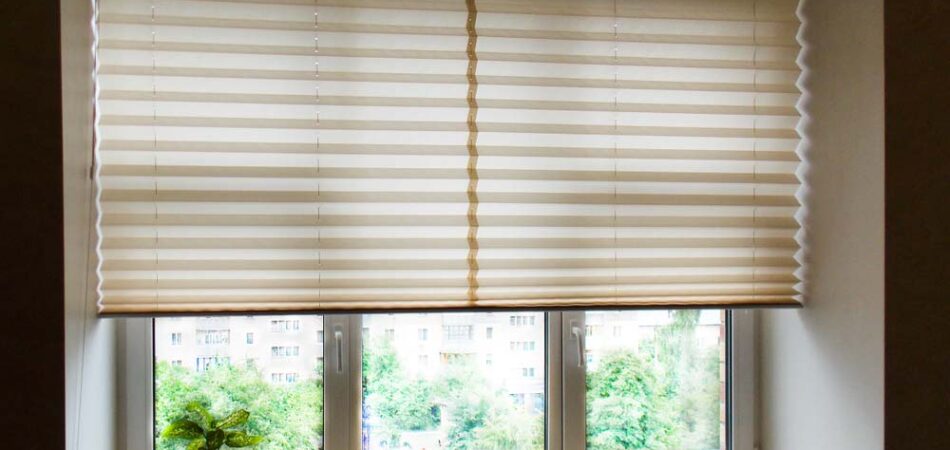
Solar window film is one of the most effective and affordable solutions for homeowners looking to cut energy costs while improving comfort and protecting their interiors. In regions like Arizona, where the sun can be relentless and cooling expenses skyrocket during summer months, this product plays an essential role. By blocking harmful UV rays and rejecting a significant portion of infrared heat, solar window film reduces the strain on HVAC systems, lowers utility bills, and extends the life of furniture, flooring, and décor. Below, we will explore in detail how solar window film works, its impact on energy usage, and why choosing the right installation makes all the difference.
UV and Infrared Rejection Explained
The sun emits a spectrum of radiation, including visible light, ultraviolet (UV) rays, and infrared (IR) radiation. While natural light is essential, the UV and infrared components are the culprits behind much of the heat and damage that penetrates through glass. Solar window films are engineered to target these wavelengths selectively.
UV rays account for up to 40 percent of fading in interior furnishings. Prolonged exposure can cause fabrics, hardwood floors, artwork, and even electronics to deteriorate prematurely. High-quality window films block up to 99 percent of UV radiation, creating a protective barrier that safeguards your investment in your home’s interior.
Infrared radiation is responsible for heat buildup. Unlike visible light, which we can see, infrared is invisible but carries thermal energy. When glass is untreated, infrared heat streams directly into a room, causing indoor temperatures to rise. Solar window films reject a significant percentage of infrared heat, helping to maintain more stable and comfortable temperatures indoors without overburdening your cooling system.
The combination of UV and infrared rejection not only enhances comfort but also prevents the uneven heating that often plagues homes exposed to direct sunlight.
Impact on HVAC Energy Usage
Heating, ventilation, and air conditioning systems are among the biggest energy consumers in any home, especially in climates where cooling demands are high. Solar window film directly reduces the load placed on HVAC systems in several ways.
First, by reflecting and absorbing solar heat, window film reduces the temperature differential between the inside and outside of the home. This means your air conditioning does not need to work as hard or as often to maintain a comfortable environment. Over time, the reduced usage translates into lower energy bills and longer system lifespan.
Second, window films help eliminate hot spots. Rooms with large or south-facing windows often feel warmer than the rest of the house, leading residents to lower the thermostat to compensate. By evening out the indoor temperature, solar film ensures consistent comfort without constant adjustments.
Third, in winter, certain grades of solar window film can also help retain heat. This insulating property adds year-round value by not only reducing cooling costs but also moderating heating expenses.
Studies have shown that installing solar window film can cut cooling costs by as much as 30 percent, depending on the property’s exposure and the film grade selected. For homeowners in Arizona, where energy consumption spikes during long summers, this reduction can be substantial.
Selecting the Right Film Grade for Your Home
Not all window films are created equal. The effectiveness of solar film depends on the grade, style, and application method chosen. Here are some key considerations when selecting the right option for your home.
- Clear vs. tinted films: Some homeowners prefer clear films that allow plenty of natural light while still blocking UV and infrared rays. Others opt for tinted films that further reduce glare and enhance privacy.
- Reflective vs. non-reflective films: Reflective films bounce a higher percentage of solar energy away from windows, which can significantly reduce heat but may alter the exterior appearance. Non-reflective films provide a more subtle look while still delivering strong performance.
- Performance ratings: Pay attention to the film’s solar heat gain coefficient (SHGC) and visible light transmission (VLT). These ratings indicate how well the film blocks heat and how much natural light it allows indoors.
For optimal results, consultation with a professional installer ensures that the film selected is suited to your home’s design, exposure, and energy efficiency goals.
DIY vs. Professional Film Application
While DIY window film kits are available, they often lack the quality and durability of professional-grade products. Applying window film properly requires precision to avoid bubbles, creases, and poor adhesion. Mistakes can lead to diminished performance and reduced lifespan.
Professional installers not only provide superior films but also ensure correct application with specialized tools and techniques. They can custom-fit the film to unusual window shapes and apply it without disrupting the clarity of your view. Additionally, professional installation typically comes with a warranty that protects your investment.
For homeowners who want maximum energy savings, aesthetic appeal, and peace of mind, professional installation is the preferred choice.
Solar Film and Glare Reduction
One often-overlooked benefit of solar window film is its ability to reduce glare. Glare from direct sunlight can make it difficult to watch television, work on computers, or simply enjoy a comfortable indoor environment. Solar films cut down on harsh glare while maintaining natural light, striking a balance between visibility and comfort. This makes them particularly valuable in home offices, media rooms, or open-plan living areas where sunlight streams in during peak hours.
Warranty Coverage and Lifespan
High-quality solar window films are designed to last for many years, often between 10 to 20 years, depending on the grade and environment. Most professional installations come with manufacturer warranties that cover issues such as peeling, bubbling, cracking, or discoloration.
When selecting a film, review the warranty coverage carefully. Reputable providers offer strong protection for both materials and installation, ensuring you enjoy the benefits for the long term. Investing in a durable product with warranty support provides better value than cheaper alternatives that may need replacement after just a few years.
The Smart Way to Save on Energy
Solar window film is more than a luxury upgrade; it is a practical investment for homeowners seeking to cut energy costs, protect interiors, and enhance overall comfort. By rejecting UV and infrared rays, solar films reduce the strain on HVAC systems, lower monthly utility bills, and prolong the lifespan of furnishings. With options available to suit different aesthetic preferences and performance needs, every homeowner can find a solution tailored to their property.
For Arizona residents, where sunshine is abundant year-round, the benefits are especially compelling. Installing solar window film can provide immediate relief from high cooling bills while adding long-term value to your home.
If you are ready to experience these benefits firsthand, trust Colby Window Solutions. Since 2009, we have proudly served Arizona with premium window coverings, blinds, shades, shutters, outdoor roller shades, and window films. Our locally owned and operated team is dedicated to quality products and service. We are also a recognized contractor for SRP rebates, meaning you may qualify for additional savings. Contact us today by calling (480) 617-0867 for a free estimate. Discover how quality window solutions can transform your home and help you save on energy costs.
